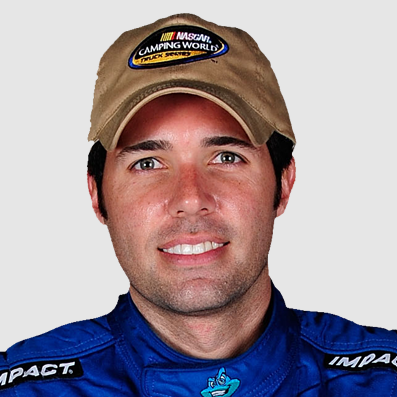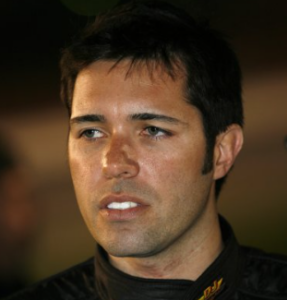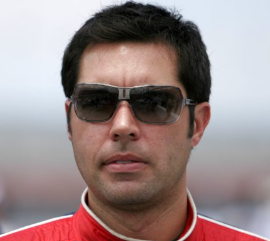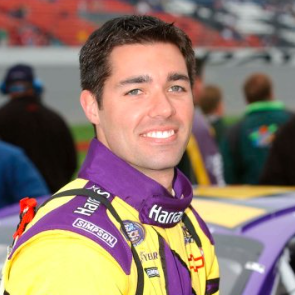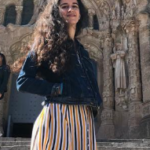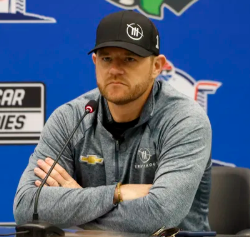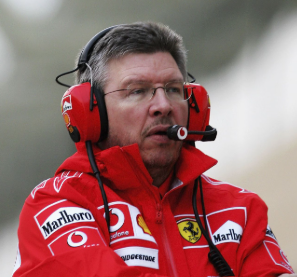The 2025 IndyCar season represents a fresh chapter for AJ Foyt Racing. With a promising driver lineup, a clear emphasis on pit stop efficiency, and a commitment to innovation, the team is poised to make significant strides.
Larry Foyt’s strategic leadership and dedication to his father’s legacy are driving forces behind the team’s resurgence.
As the season unfolds, all eyes will be on Ferrucci, Malukas, and the entire AJ Foyt Racing crew. Their journey serves as a testament to the power of perseverance, innovation, and teamwork in the relentless pursuit of excellence in motorsport.
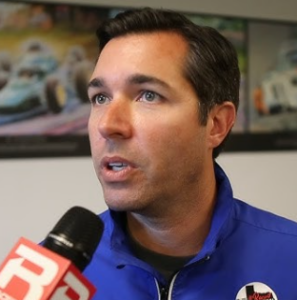
Also Read: NASCAR’s Carson Hocevar ‘Almost’ Clinches Victory in Wild Turn of Events and Trophy
Also Read: Kelley Earnhardt (NASCAR): Who Is She? Bio, Wiki, Age, Career, Personal Life and More
Larry Foyt Reveals AJ Foyt Racing’s Crucial Development for the 2025 IndyCar Season
The 2025 IndyCar season is shaping up to be an intriguing year for AJ Foyt Racing.
With a revamped driver lineup and a clear focus on improving crucial race-day aspects, the team aims to break its long-standing dry spell at the Indy 500 and beyond.
Team President Larry Foyt has shared his strategic insights, detailing the steps they are taking to ensure the team’s competitiveness.
The cornerstone of AJ Foyt Racing’s 2025 campaign is its talented driver lineup. Returning to the team is Santino Ferrucci, who delivered a standout performance in 2024, achieving a career-best 9th-place finish in the standings.
His consistency was evident with two P4 finishes at the Milwaukee Mile races, demonstrating his ability to compete against the series’ elite.
Joining Ferrucci is David Malukas, a determined young talent with an inspiring story of resilience. After being dropped by Arrow McLaren due to an injury, Malukas made a strong comeback with Meyer Shank Racing, earning two Top 10 finishes.
His addition to AJ Foyt Racing brings a fresh dynamic to the team, as Malukas aims to prove himself as a rising star in IndyCar.
View this post on Instagram
Building on 2024’s Success
- The 2024 season offered glimpses of AJ Foyt Racing’s potential. Under Ferrucci’s leadership, the team displayed competitiveness in races that highlighted their capabilities.
- Despite the challenges, the results reaffirmed the foundation on which AJ Foyt Racing can build for a stronger 2025.
- Larry Foyt’s approach underscores the importance of leveraging last year’s learnings. By analyzing the team’s performance in 2024, Foyt has identified areas requiring improvement, particularly in race-day execution.
- One of the most critical areas of focus for the 2025 season is pit stop efficiency. In an interview with EPARTRADE, Larry Foyt emphasized the need to refine this aspect of the team’s operations:
- “We’re putting a big emphasis on pit stops because that half a second, you can’t lose that in the pits.
- It’s just too competitive. So we’ve started a new training program and new stuff on that side to really try to get that next half second there on the pit stops.”
- This renewed focus on pit stops involves introducing a comprehensive training program for the crew, ensuring precision and speed during high-pressure moments.
- Pit stops often decide the outcome of races, and gaining even a fraction of a second can make a significant difference.
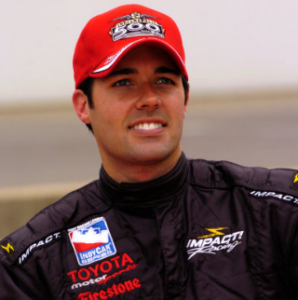
Larry Foyt: Developing Driver-Crew Synergy
Beyond technical improvements, fostering strong communication and synergy between drivers and crew members is another priority.
Ferrucci and Malukas are known for their proactive approach and ability to provide actionable feedback. By cultivating a collaborative environment, AJ Foyt Racing ensures that everyone—from engineers to mechanics—is aligned toward a common goal.
The Path to an Indy 500 Victory
The Indy 500 remains the crown jewel of the IndyCar series and a race that AJ Foyt Racing is eager to conquer once again. The team’s last victory at the Brickyard came in 1999, making the 2025 race a pivotal moment to end the drought.
Larry Foyt’s strategic focus on pit stops, combined with the skillset of Ferrucci and Malukas, positions the team as a dark horse contender for the prestigious title.
By perfecting every element of their race-day execution, AJ Foyt Racing aims to return to the spotlight on one of motorsport’s grandest stages.
